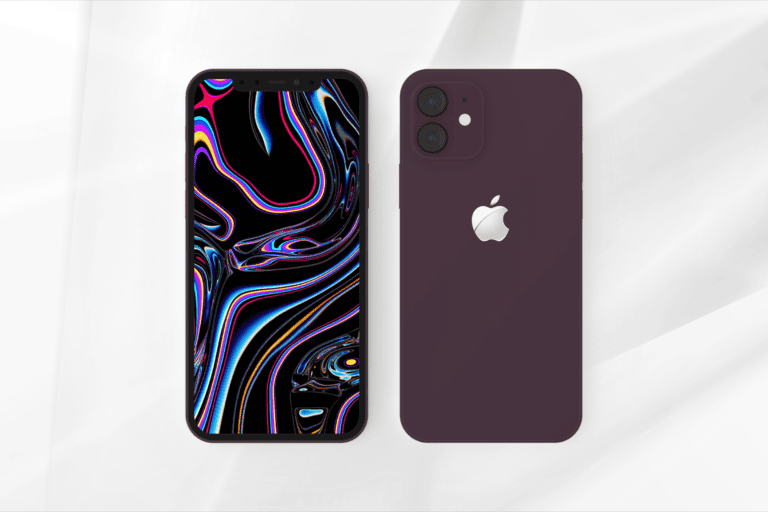As Apple’s Vision Pro introduces a new era for augmented reality (AR), industry observers are keenly watching how this platform will influence subsequent AR technologies. The integration of advanced hand and eye tracking capabilities presents a paradigm shift in user interaction, potentially making cumbersome physical inputs obsolete. This evolution raises critical questions about the future landscape of AR applications, particularly regarding user interface design and the integration with various sectors including education, healthcare, and entertainment. How these developments will impact consumer adoption and what new challenges will emerge are considerations that invite further exploration.
Next-Generation Interface Evolution
The evolution of AR interfaces, particularly in devices like Apple Vision Pro, is increasingly emphasizing more intuitive and streamlined user interactions through advanced hand and eye tracking technologies. These innovations are pivotal in the shift towards spatial computing, where the physical and digital worlds blend seamlessly.
Eye tracking technology in AR glasses ensures that the user interface is responsive and adaptive to the user’s visual focus, enhancing engagement and ease of use. Additionally, as smart glasses evolve, they are becoming integral tools in everyday life, merging style with functionality.
This progression in user interface design is indicative of a future where interactions with digital content are as natural as looking through a pair of glasses.
Gesture Control Enhancements
Building on advancements in user interface design, significant strides are being made in gesture control technologies to enhance interaction with augmented reality environments. Innovations in AR glasses and wrist wearables are reshaping how users navigate and interact within digital overlays, offering a more immersive and intuitive user experience.
Here are three key enhancements contributing to this evolution:
- Enhanced Capabilities: Integration of sophisticated hand tracking technologies in devices like Vision Pro allows for more precise and fluid user interactions.
- Wrist Wearables: Connected devices improve the accuracy of gesture detection, empowering users with seamless control over their AR experiences.
- Micro Gestures: Innovations by Ultraleap in sensor technology enable the recognition of subtle hand movements, broadening the possibilities for user input in AR environments.
Transparent Display Innovations
Exploring transparent display innovations, AR technology is set to transform how digital content integrates seamlessly with the tangible world. Companies like Apple are at the forefront, with products such as the Vision Pro pushing the boundaries of what’s possible in AR.
These transparent displays allow users to view digital overlays directly within their natural environment, creating a truly immersive experience. This technology not only enhances the way we interact with virtual elements but also maintains a clear view of our surroundings, enhancing safety and usability.
The advancements in AR innovations like these promise a future where digital and physical domains blend more naturally, offering unprecedented interactive possibilities and setting a new standard in user experience.
Device Integration Challenges
Despite their potential, AR glasses face significant challenges in achieving smooth device integration. The journey towards fully integrated AR ecosystems reveals several hurdles that must be overcome to guarantee that devices like smart glasses and peripherals like AirPods work in harmony.
Key challenges include:
- Smooth Connectivity: Establishing uninterrupted and reliable connections between AR glasses and various devices is critical, yet complex due to varying software and hardware standards.
- Automatic Pairing: Users expect a seamless setup experience, but achieving instant and secure pairing between devices like smart glasses and smartphones remains a technical challenge.
- Device Compatibility: As technology evolves, ensuring that new versions of smart glasses are compatible with older devices adds an additional layer of complexity to device integration.
Smarter AR Glasses Development
As technology giants like Apple, Google, and Meta intensify their efforts, the development of smarter AR glasses is rapidly advancing, focusing on enhanced functionality and user integration.
Innovations such as the Apple Vision Pro have catalyzed this progress, emphasizing the significance of hand and eye tracking technologies. These developments are pivotal for creating more intuitive, seamlessly integrated devices that respond to natural user interactions.
Additionally, the push towards enhanced audio capabilities is transforming AR glasses into more immersive tools for daily use. By prioritizing these aspects, companies are not only improving the practicality of AR glasses but are also setting a new standard for how we interact with digital content in our physical world.
Content Creation in AR
Building on the advanced features of smarter AR glasses, content creation in AR is evolving to offer more immersive and interactive digital experiences. AR content creators are leveraging technologies like 3D modeling, spatial mapping, and advanced coding to push the boundaries of what’s possible, transforming how we perceive and interact with digital content.
Here are three key impacts of these advancements:
- Enhanced Realism: The precision of 3D modeling and spatial mapping allows for incredibly realistic AR environments that are virtually indistinguishable from the real world.
- Deeper Engagement: Interactive digital experiences captivate users, creating memorable and impactful interactions.
- Creative Freedom: AR content creators enjoy unprecedented creativity, empowered to build complex, immersive worlds that were once the stuff of imagination.
Consumer Accessibility Strategies
Consumer accessibility strategies in AR are essential for broadening the technology’s appeal and usability among diverse populations. These strategies are vital for enhancing consumer adoption of technologies like the Vision Pro. Efforts are focused on making AR technology more user-friendly and integral to everyday life. Key areas of development include reducing costs, streamlining interfaces, and improving physical design to guarantee comfort and prolonged use.
| Strategy | Objective | Impact on Consumer Adoption |
|---|---|---|
| Cost Reduction | Make AR devices more affordable | Increases market reach |
| Ergonomic Design | Enhance comfort and usability | Promotes longer usage |
| Intuitive Controls | Simplify interaction with device | Enhances user experience |
These adjustments are necessary for making AR a staple in consumer electronics.
Final Thoughts
In the wake of Vision Pro‘s epochal release, the landscape of augmented reality is poised for a titanic transformation. Interfaces will evolve beyond current paradigms, crafting an almost telepathic synchronization between human intent and digital response.
The fusion of transparent displays and enhanced gesture controls promises a world where digital mirages are indistinguishable from physical reality. This revolution in AR, driven by relentless innovation and accessibility, is set to redefine human experience, blurring the lines between the virtual and the real in unimaginable ways.






